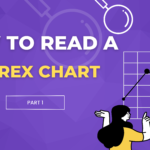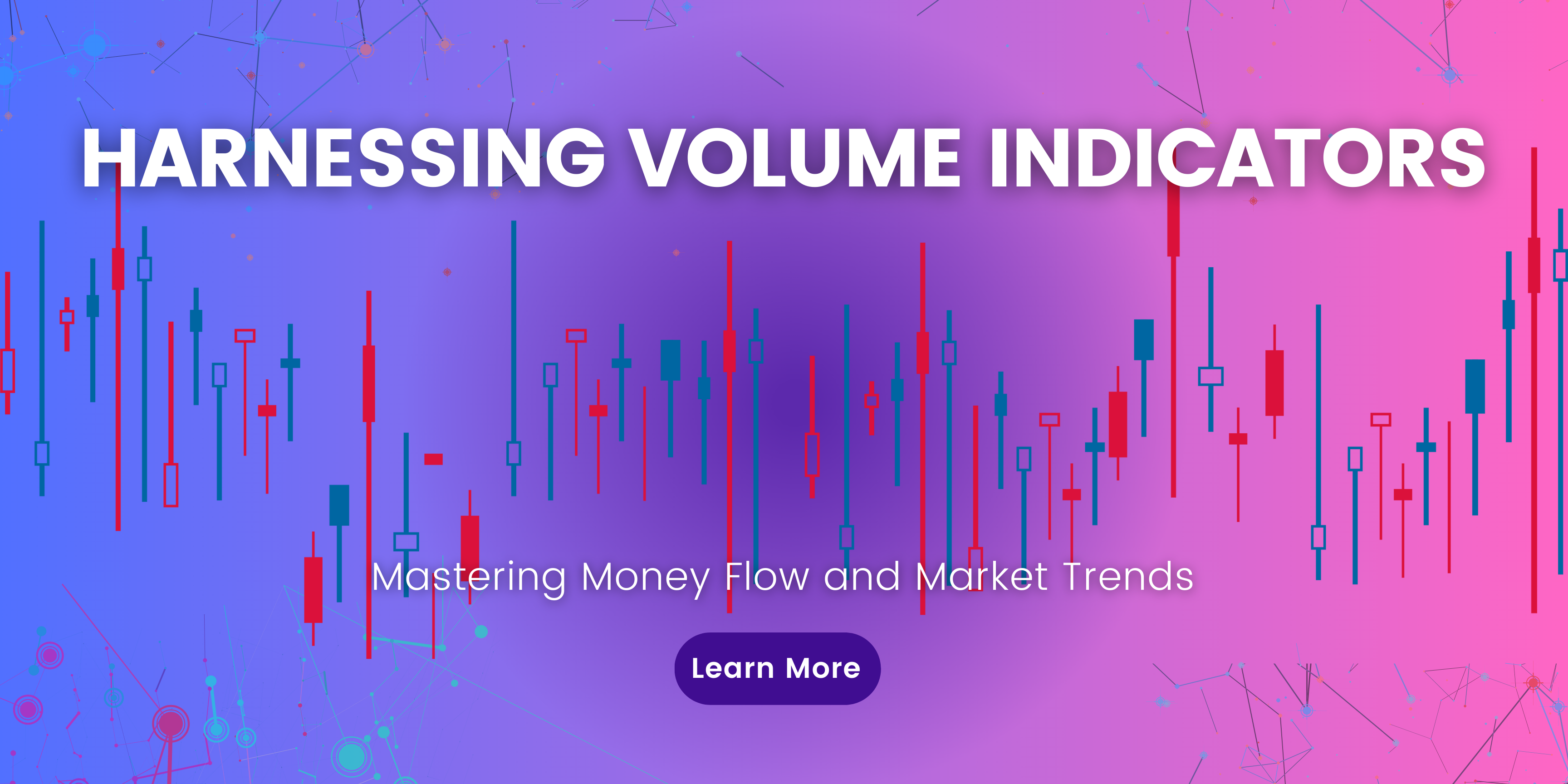Factors that Impact Market TrendSeveral macro factors influence whether an asset trends or ranges:Economic reports like inflation, GDP, employment data can spark volatility and trends for currencies and commodities.Geopolitical events such as elections, conflicts, and policy changes move markets and sometimes lead to prolonged trends.Liquidity/funding conditions regulated by central banks. Low rates fuel trends while quantitative tightening risks …
3 min read
Trending Markets vs Range Markets: Part 2 of 2
28 April 2023

Factors that Impact Market Trend
Several macro factors influence whether an asset trends or ranges:
- Economic reports like inflation, GDP, employment data can spark volatility and trends for currencies and commodities.
- Geopolitical events such as elections, conflicts, and policy changes move markets and sometimes lead to prolonged trends.
- Liquidity/funding conditions regulated by central banks. Low rates fuel trends while quantitative tightening risks range-bound spells.
- Supply and demand imbalances in a market can find resolution through strong trends over months as new equilibrium emerges.
- Seasonal patterns like energy demand influencing oil trends during winter are well-documented.
Understanding these macro influences helps identify potential catalysts for trends or supportive factors for ranges. Gauging their likely impact aids longer-term outlooks.
Determining Your Market Outlook: Trending or Ranging?
- Market Analysis: To determine whether the market is trending or ranging, you need to perform technical and fundamental analysis. Technical analysis involves studying price charts, trend indicators (like moving averages), and support/resistance levels. In a trending market, prices make higher highs and higher lows (uptrend) or lower highs and lower lows (downtrend). In a ranging market, prices move within a defined range, bouncing between support and resistance levels.
- Fundamental Factors: Consider fundamental factors that may influence the market. For instance, in the cryptocurrency market, news about adoption, regulations, or technological developments can drive trends. In the forex market, central bank policies, economic data releases, and geopolitical events can affect trends and ranges.
- Volatility Analysis: Volatility is generally higher in trending markets and lower in ranging markets. You can use measures like the Average True Range (ATR) to assess market volatility.
- Multiple Timeframe Analysis: Analyze multiple timeframes to get a clearer picture of the market’s state. A market might be trending on a higher timeframe while ranging on a lower one. This can help you align your strategy.
Choosing the Right Assets Suited to Your Strategy:
- Cryptocurrencies: Consider cryptocurrencies if you prefer strong trends and can tolerate the associated volatility. Bitcoin and Ethereum are popular choices.
- Forex Majors: Forex majors, like EUR/USD, tend to offer more liquidity and stability. They can be suitable for both trend-following and range-trading strategies.
- Commodities: Look into commodities like gold, oil, or silver if you are comfortable with long periods of consolidation followed by sharp trends.
Handling the Transition Between Market States:
Signs of a Trending Market Slowing or a Range Market About to Break Out:
- In a trending market, watch for divergence between price and momentum indicators, like the Relative Strength Index (RSI).
- In a ranging market, look for price repeatedly hitting support and resistance levels, forming a horizontal pattern.
Adjusting Strategies During Periods of Consolidation or Loss of Momentum:
- In a consolidating market, consider range-trading strategies like mean reversion.
- In a losing momentum market, use tighter stop-loss orders and consider reducing position sizes.
Common Traits of Adaptive Traders:
- Continuous Learning: Successful traders stay updated on market dynamics and adapt their strategies accordingly.
- Risk Management: Effective risk management is crucial in both trending and ranging markets.
- Emotional Discipline: Emotional control is essential to avoid impulsive decisions during market transitions.
Managing Risk in Each Market Environment:
- Use Stop-loss Orders: Set stop-loss orders to limit potential losses.
- Diversify Your Portfolio: Diversification can reduce risk in both trending and ranging markets.
- Position Sizing: Adjust your position sizes based on the level of risk in the market.
Tags:adausdavaxusdbeginner guide to tradingbtcusdcommodity tradingcrypto tradingcryptocurrency tradingday tradingeasy trading strategyethusdforex tradinggrtusdindiceslearn to tradelinkusdmargin tradingmaticusdprice actionrisk managementsolusdstock marketstrategy developmenttrading feetrading indicatorstrading platformtrading strategytrading volumexauusd








